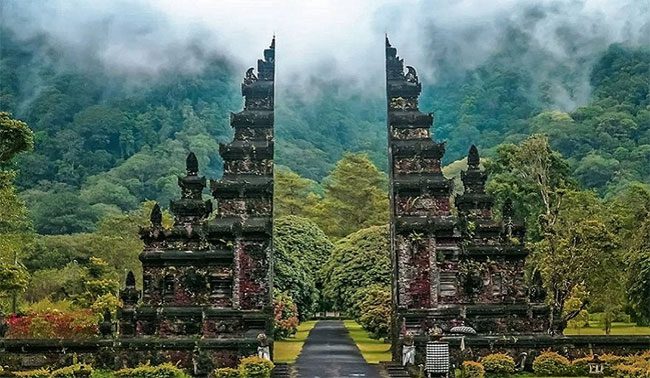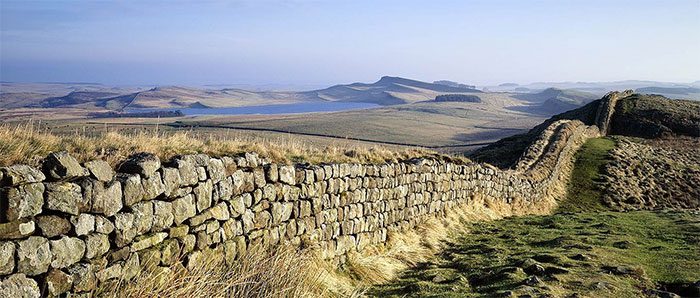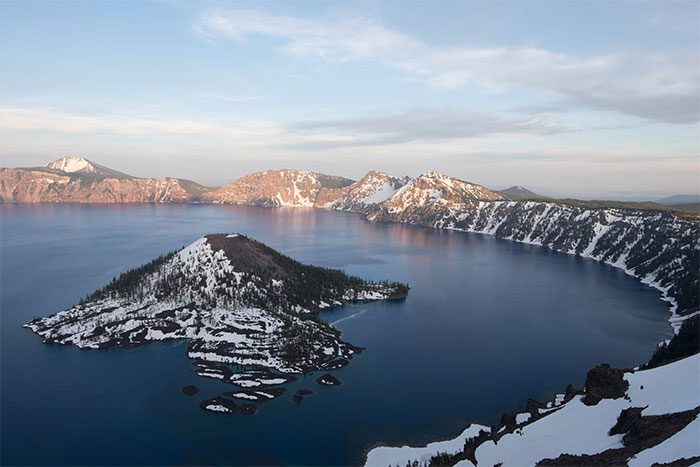Earth is our home, and while we think we know it well, there are many fascinating facts about our planet that many of us are still unaware of.
Top 12 Interesting Facts About Earth’s Geography
- The Farthest Point from Earth’s Center
- Changes in Water’s Boiling Point
- Africa’s Largest Lake
- The Country with the Most Muslims
- Rome Built on Seven Hills
- The Country with the Lowest Population Density
- Hadrian’s Wall
- The Highest Saltwater Lake in the World
- The Deepest Lake in America
- Arctic and Antarctic Time Zones
- The Longest River in Europe and Russia
- How Many People Have Lived on Earth?
The Farthest Point from Earth’s Center

Chimborazo Mountain is approximately 6,384.4 km from the Earth’s center.
Earth is not a perfect sphere; it bulges near the equator. Chimborazo, located in Ecuador, South America, is near the equatorial bulge of the Earth. Standing at about 6,310 meters, it is not the highest mountain in the world but is the farthest point from the Earth’s center, at a distance of approximately 6,384.4 km. Additionally, this mountain is also the closest point on Earth to the Sun. In contrast, Mount Everest is about 6,382.3 km from the Earth’s center.
Changes in Water’s Boiling Point
At sea level, water boils at 100 degrees Celsius. However, this boiling point changes with altitude. For every 285 meters above sea level, the boiling point decreases by 1 degree Celsius. In a city situated at an altitude of 1,500 meters, the boiling point of water is 94.7 degrees Celsius. The average height of the Qinghai-Tibet Plateau in China is over 4,000 meters, which means the boiling point of water here is approximately 87.5 degrees Celsius.
Africa’s Largest Lake
The largest lake in Africa is Lake Victoria, located in East Africa, straddling the borders of Uganda, Kenya, and Tanzania. It is the second-largest freshwater lake in the world, following Lake Superior in North America.
Lake Victoria was named in 1858 by British explorer John Hanning Speke, the first European to see the lake, in honor of Queen Victoria.
The Country with the Most Muslims

Indonesia is the country with the largest Muslim population in the world.
According to the latest statistics, Indonesia ranks as the fourth most populous country in the world and has the largest Muslim population globally. Islam was introduced to Indonesia during the Middle Ages, and currently, about 87% of its population adheres to the faith, leading to an estimated population of 277.5 million, with approximately 241.5 million Muslims.
Rome Built on Seven Hills
The ancient city of Rome was constructed on seven hills and is said to have been founded by Romulus and Remus, the twin sons of the God of War. These hills not only witnessed the growth and prosperity of Rome but also play a significant role in modern-day Rome.
The Country with the Lowest Population Density
The country with the lowest population density in the world is Mongolia, featuring vast grasslands and deserts, with a population of 3.3 million over more than 1.56 million km², resulting in a population density of approximately 2.12 people/km². In contrast, China’s population density is 152 people/km², with Shanghai being the most densely populated province at around 3,800 people/km², while the Tibet Autonomous Region has the lowest density at about 3 people/km².
Hadrian’s Wall

This wall was built to prevent the Caledonians from Scotland from invading England.
Hadrian’s Wall is located in the northern part of the island of Great Britain, stretching from the Solway Firth in the west to Newcastle near the River Tyne in the east, with a total length of nearly 120 km.
Today, parts of the wall remain well-preserved. It was constructed in the 2nd century AD by Roman Emperor Hadrian to prevent the Caledonians from Scotland from invading England.
The Highest Saltwater Lake in the World
The highest saltwater lake in the world is Namtso, meaning “Heavenly Lake” in Tibetan, located in the Tibet Autonomous Region of China. Namtso is approximately 4,718 meters high, with a maximum depth of around 33 meters, making it the deepest lake in China and the second-largest saltwater lake in the country, following Qinghai Lake.
Namtso covers an area of about 1,920 km², with highly saline water that remains clear. The lake’s color can change significantly throughout the year, and the surrounding environment is unique, featuring vast grasslands, lofty mountains, and rich wildlife resources.
The Deepest Lake in America
The deepest lake in the United States is Crater Lake in Oregon, formed in the caldera of a volcano after Mount Mazama collapsed, with a depth of up to 589 meters.
The supply and maintenance of water in the lake depend entirely on rainfall and snowmelt, resulting in exceptionally clear waters. This volcanic lake is the seventh deepest in the world, containing approximately 17.41 trillion liters of water.

The deepest lake in the United States is Crater Lake in Oregon.
Arctic and Antarctic Time Zones
Earth is a rotating sphere with lines of longitude extending from the North Pole to the South Pole, meaning all lines of longitude converge at the poles. If you are standing near a pole, a small movement can span multiple longitudes and time zones. Therefore, such divisions in polar regions can create confusion regarding time and make effective management of time zone differences impossible.
Consequently, researchers in Earth’s polar regions often use time zones associated with their research stations. For example, New Zealand time is the most commonly used time zone in Antarctica, as nearly all flights to Antarctica originate from New Zealand.
The Longest River in Europe and Russia
The Volga River stretches approximately 3,530 km, originating from the Valdai Hills, flowing through Russia, and eventually emptying into the Caspian Sea. Since the Volga flows through the European part of Russia, it is the longest river in both Europe and Russia. It is extremely important for transportation, energy, and agriculture in Russia.
Additionally, while the Volga is the longest river in Europe, it is not the longest river in Russia. The longest river in Russia is currently the Yenisei River, which originates from Lake Torre in Mongolia and flows through Russia to the Kara Sea in the Arctic Ocean. The total length of the Yenisei is approximately 3,487 km, and if considering its longest tributary, the Angara River, the total length exceeds 5,500 km.
How Many People Have Lived on Earth?
Demographers estimate that over the past 192,000 years, a total of 109 billion people have lived on Earth. Adding the latest population figure of 8.086 billion as of October 2023, the total number of people who have ever lived is estimated to range from 109 billion to 117 billion.


















































